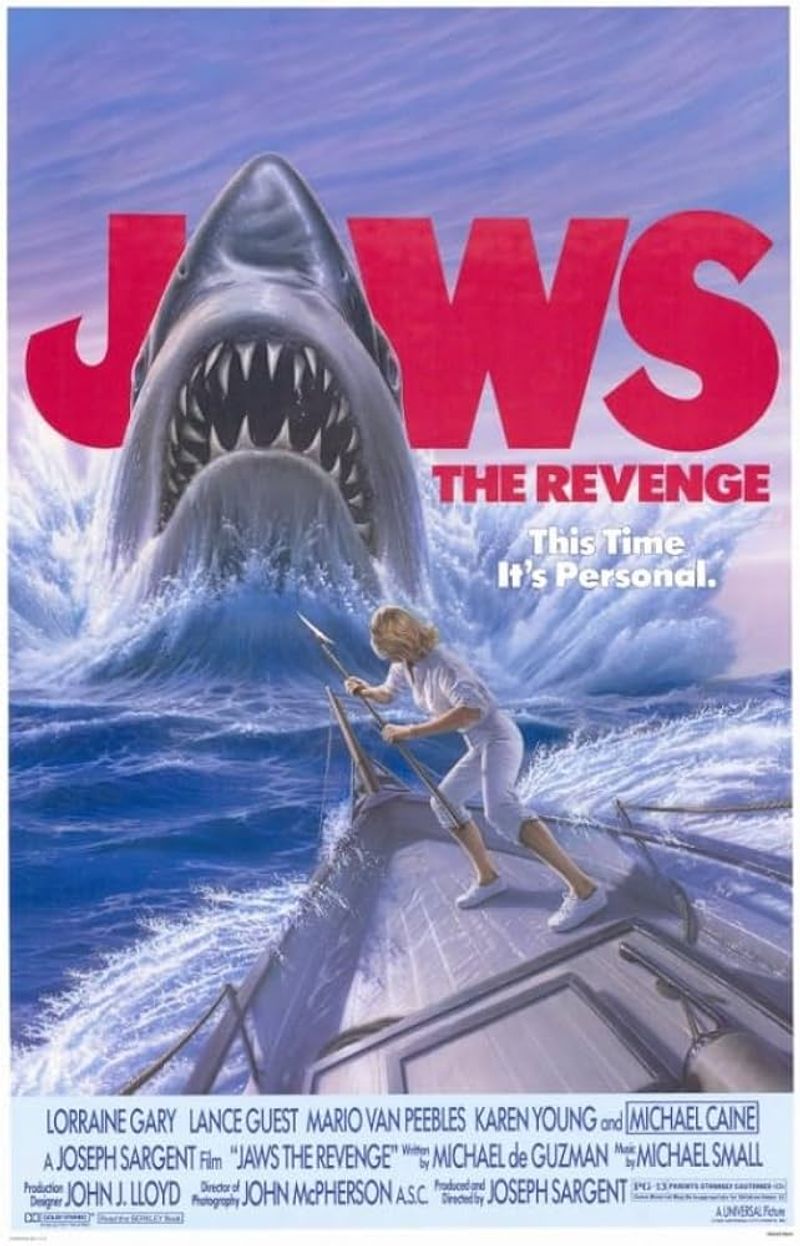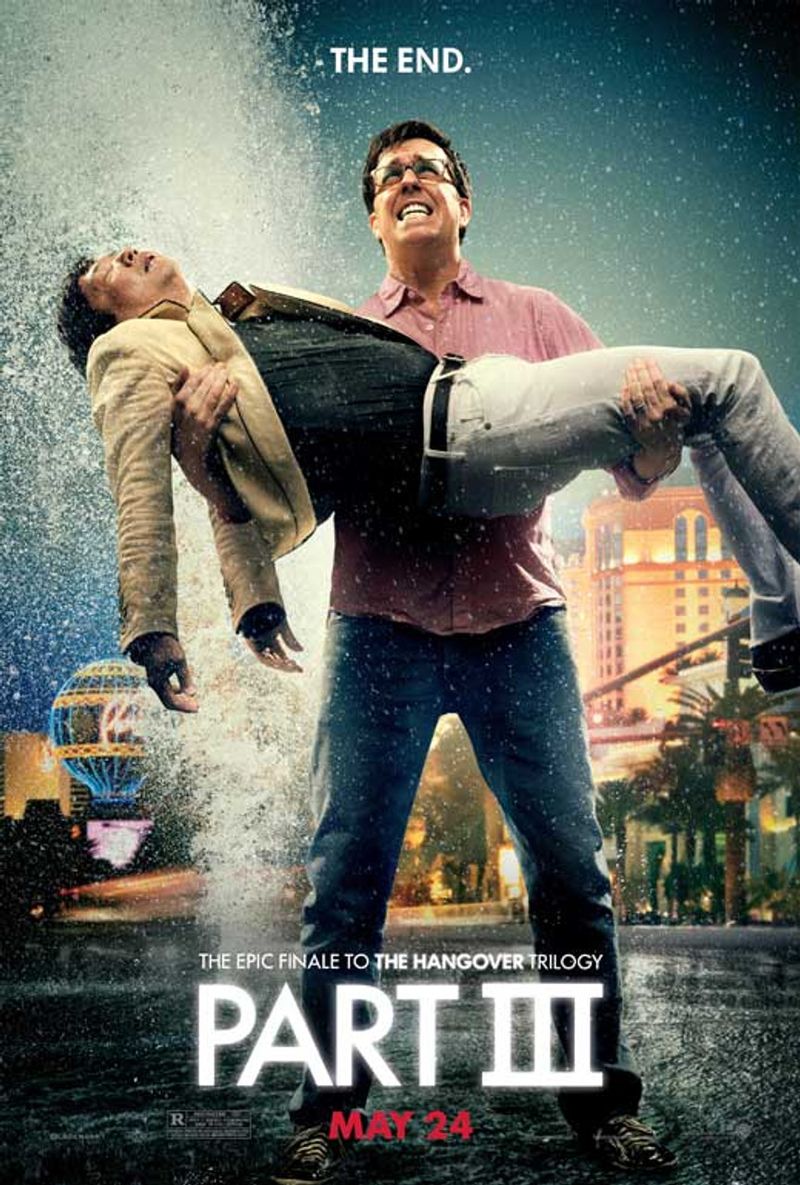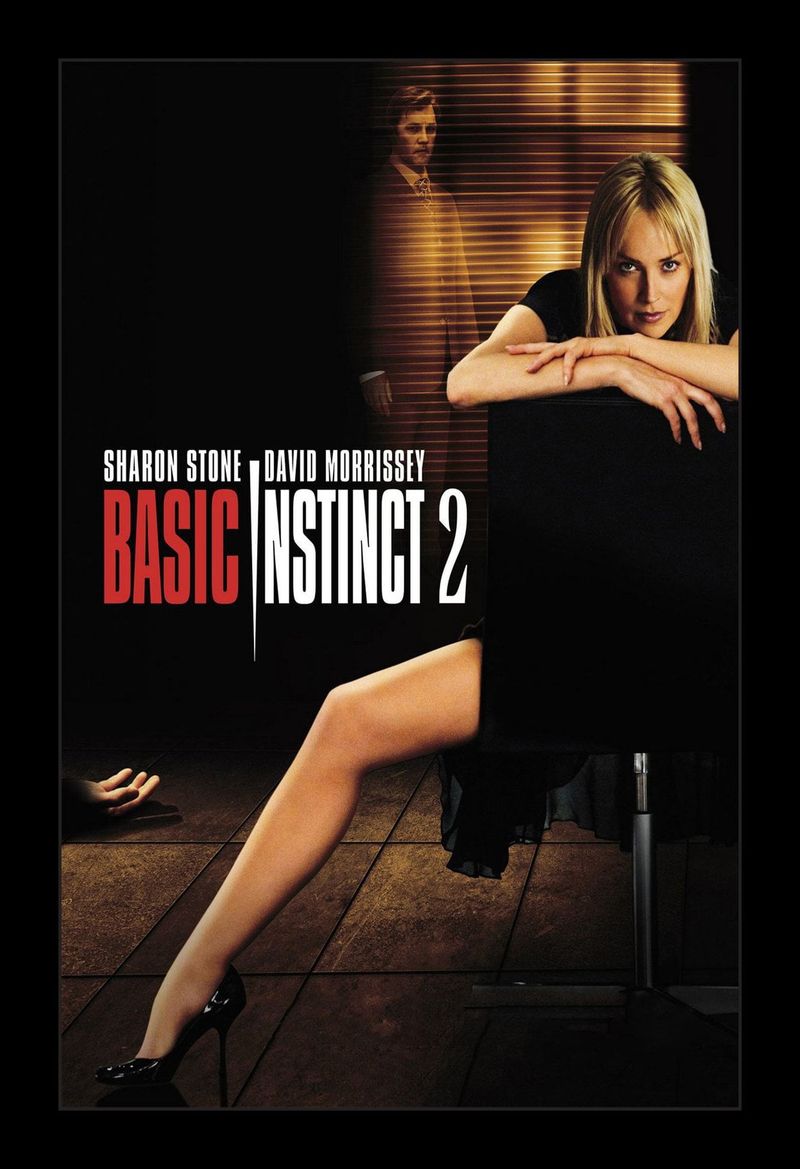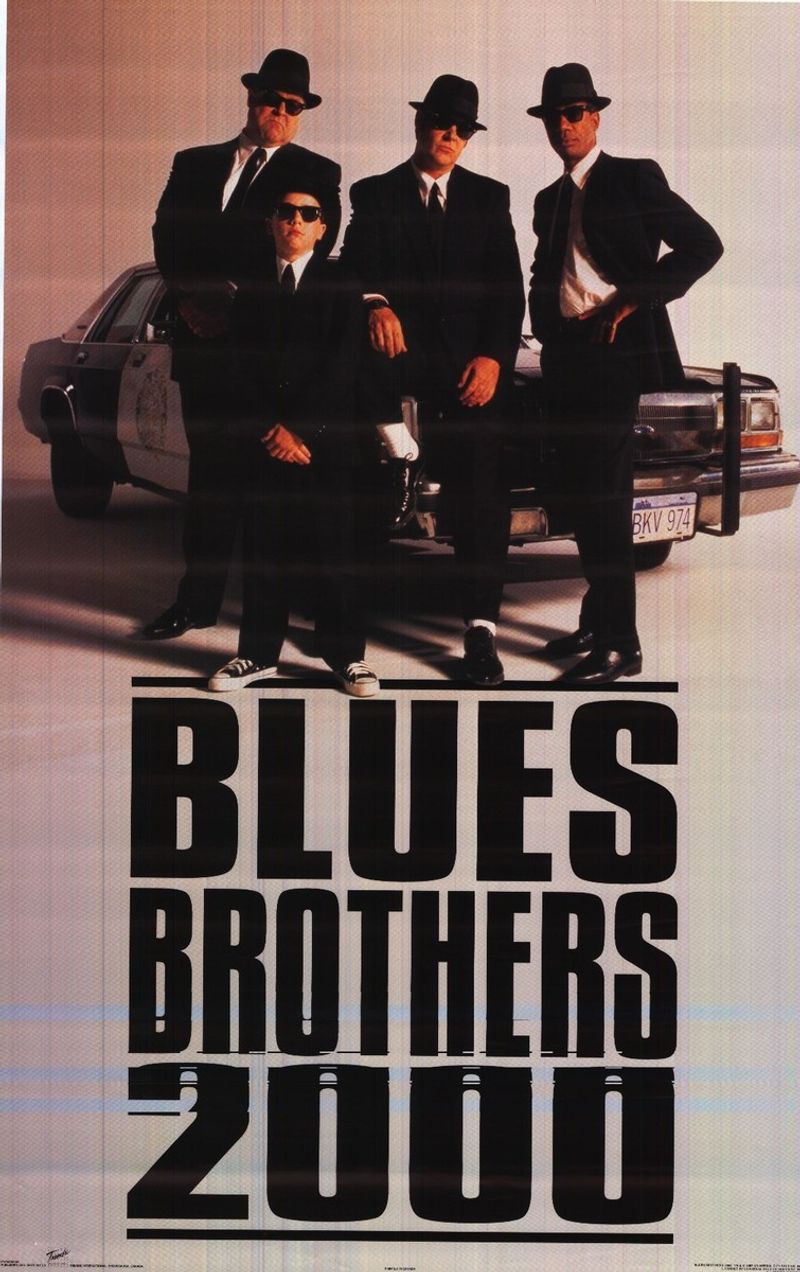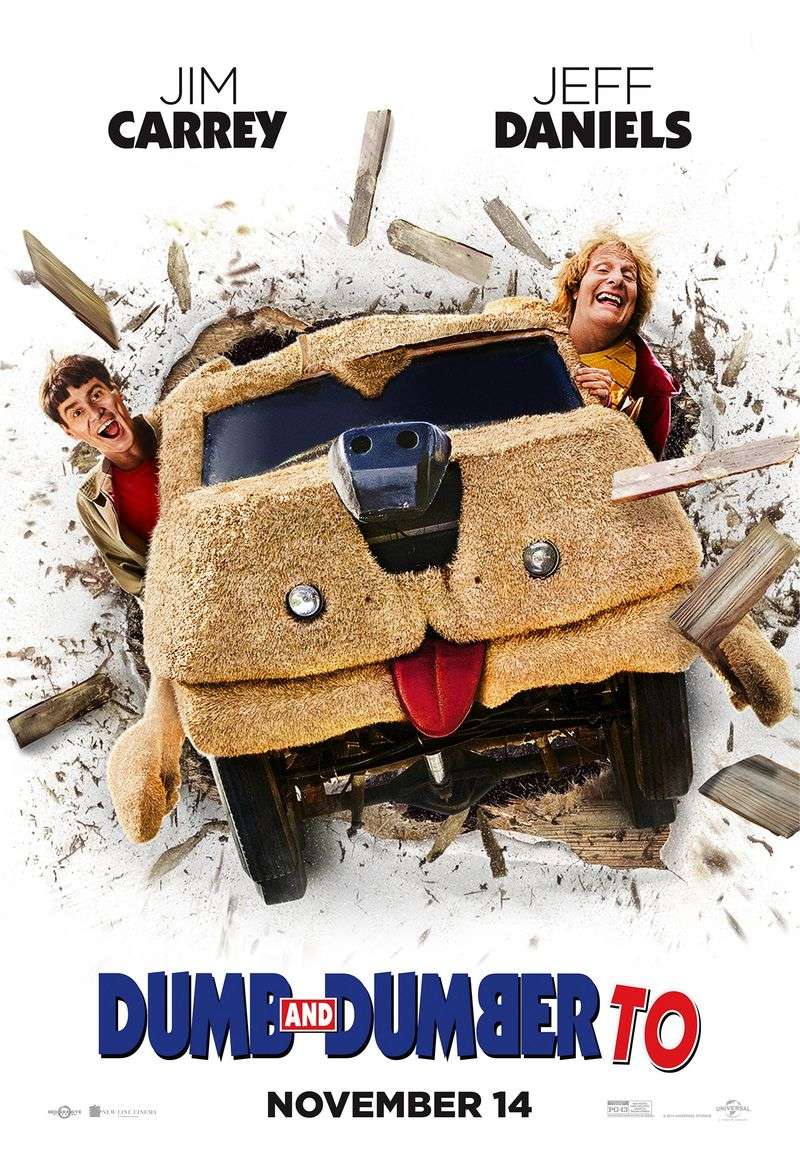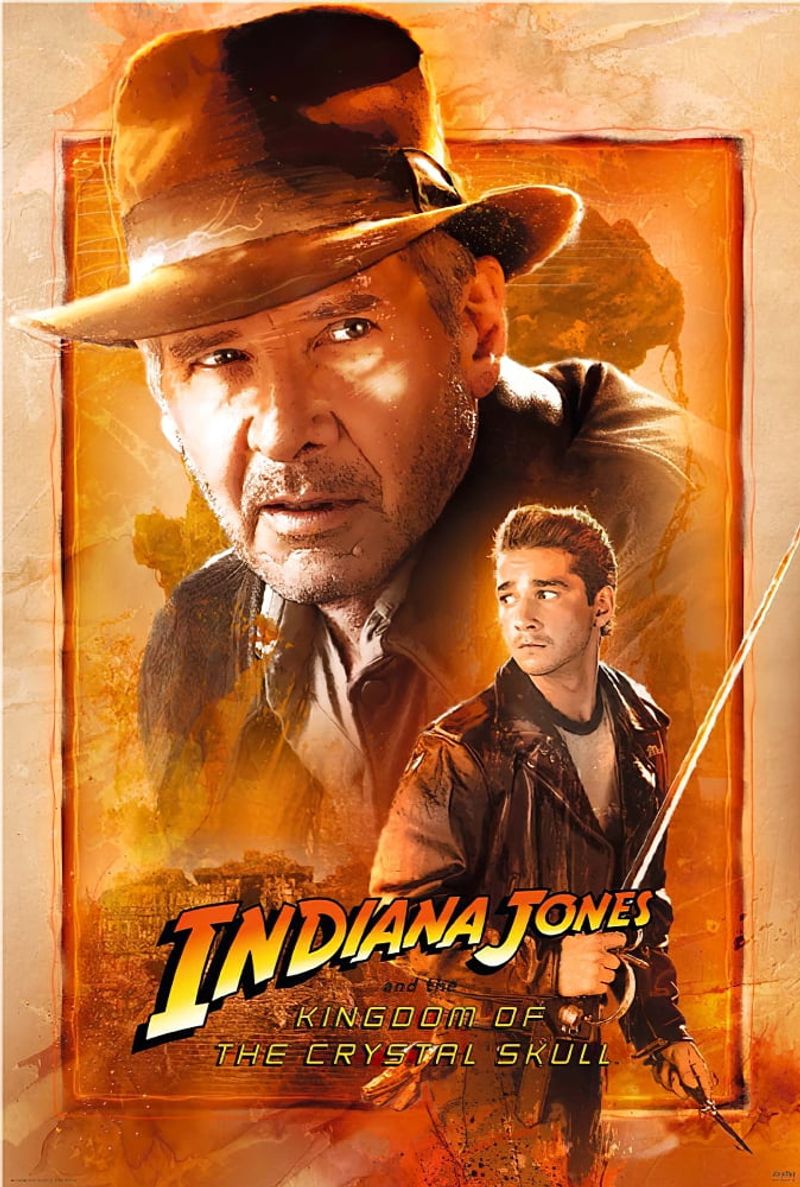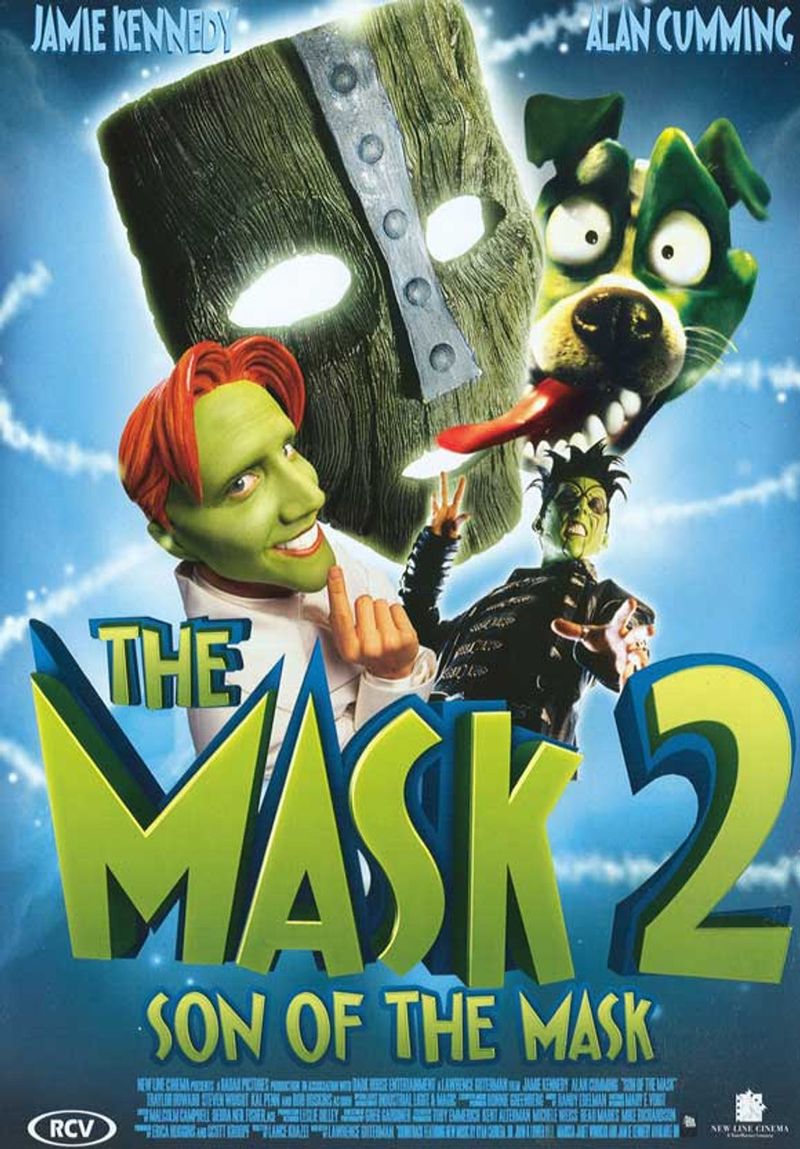Movie sequels are often highly anticipated events for fans who crave more of their favorite cinematic worlds. However, not all sequels manage to capture the magic of their predecessors. In some cases, they fall flat, leaving audiences disappointed and critics unimpressed. This blog post explores ten movie sequels that many believe should never have been made.
Jaws: The Revenge
In the realm of unnecessary sequels, “Jaws: The Revenge” stands out. As the fourth installment in the iconic Jaws franchise, it lacked both the suspense and thrill of its predecessor. Despite the chilling concept of a shark seeking revenge, the execution was more laughable than terrifying.
Directed by Joseph Sargent, the movie attempted to revitalize the fear induced by its iconic predecessor but ended up as a parody. The shark’s implausible journey to the Bahamas and its personal vendetta against the Brody family left viewers scratching their heads.
Critics panned it for its absurd plot and lifeless performances, making it a textbook example of a sequel that should have stayed in the depths.
Speed 2: Cruise Control
“Speed 2: Cruise Control” tried to ride the success wave of the original “Speed,” but without Keanu Reeves, it was a ship sailing without a captain. The decision to set the action on a slow-moving cruise ship instead of a speeding bus baffled audiences.
Sandra Bullock’s return wasn’t enough to save this sinking ship, and Jason Patric couldn’t fill the void left by Reeves. The suspense was diluted, and the thrill, nonexistent. Critics and fans alike were left bewildered by the lack of logic and excitement.
With its wooden dialogue and implausible scenarios, it drifted far from the legacy of the original.
Batman & Robin
Bursting with bright lights and campy costumes, “Batman & Robin” attempted to add flair to the Batman series but ended up as a spectacle of excess. Directed by Joel Schumacher, the film was criticized for its over-the-top style and lack of substance.
George Clooney donned the cape, but even his charm couldn’t rescue this cinematic flop. The villains, portrayed by Arnold Schwarzenegger and Uma Thurman, were caricatures, contributing to the film’s downfall.
The dialogue was riddled with puns and awkward catchphrases, leaving audiences cringing rather than captivated. It remains infamous for derailing the Batman franchise until its reboot.
The Hangover Part III
The original “Hangover” was a comedic gem, but by the third installment, the formula was worn out. “The Hangover Part III” abandoned the structure that made the first film a success and took an unanticipated dark turn.
Instead of the wild, hilarious antics, audiences were met with a plot that felt more like a crime thriller. The Wolfpack’s charm faded, and the humor was sporadic, leaving fans unsatisfied.
Critics pointed out the lack of fresh ideas and the shift in tone, which left audiences longing for the comedic brilliance of the original.
Basic Instinct 2
“Basic Instinct 2” tried to recapture the provocative allure of its predecessor but stumbled into mediocrity. Sharon Stone reprised her role, yet the film failed to deliver the same electric tension.
Set in London, the sequel lacked the edgy flair and intensity that made the original a classic. The plot was convoluted, with psychological twists that seemed forced rather than intriguing.
Despite its attempt to blend thriller with eroticism, it left both critics and audiences cold. It serves as a reminder that some stories are best left with a single telling.
Blues Brothers 2000
“Blues Brothers 2000” sought to revive the musical magic of the original, but without John Belushi, it lost its soul. The chemistry between the lead characters was irreplaceable, and the sequel struggled to recreate the same dynamic.
Despite a talented cast, including Dan Aykroyd and John Goodman, the film fell flat in its attempt to blend comedy with musical performances.
The narrative lacked direction, and the musical numbers couldn’t compensate for the absence of a compelling story. It highlighted the challenges of recreating what was once iconic.
Dumb and Dumber To
Jim Carrey and Jeff Daniels returned for “Dumb and Dumber To,” hoping to reignite the spark of the original, but the sequel was a comedy misfire. The charm of the first film was replaced with recycled jokes and a lackluster plot.
The passage of time did little to evolve the humor, and the absurd antics felt forced. Fans of the original were left disappointed and yearning for the clever wit that made the first film a classic.
Critics agreed that the sequel was a missed opportunity, failing to deliver the laughs and heart of its predecessor.
Indiana Jones and the Kingdom of the Crystal Skull
“Indiana Jones and the Kingdom of the Crystal Skull” marked a return to the beloved adventure series but left many fans in disbelief. The inclusion of extraterrestrial elements diverged from the series’ archaeological roots.
Harrison Ford reprised his iconic role, yet the magic was overshadowed by an implausible plot. The infamous scene involving a nuclear explosion and a refrigerator became a symbol of the film’s absurdity.
Nostalgia couldn’t save it from criticism, and it serves as a cautionary tale about the perils of extending a beloved franchise beyond its natural endpoint.
Son of the Mask
The original “Mask” was a whirlwind of creativity, but “Son of the Mask” was a chaotic mishmash lacking the original’s charm. The absence of Jim Carrey left a void that no amount of visual effects could fill.
The attempt to continue the story with new characters fell flat, as the comedic timing and zest were missing. Its reliance on slapstick humor couldn’t mask the uninspired narrative.
Audiences were left perplexed by the film’s disjointed storyline and lack of engaging characters, marking it as a sequel that should have remained unmade.
Zoolander 2
“Zoolander 2” aimed to parody the fashion industry again but stumbled in its execution. The sequel missed the sharp satire that made the original a cult hit, relying instead on stale jokes.
Ben Stiller returned as the dim-witted model, yet the charm of Derek Zoolander was overshadowed by a convoluted plot. The fashion world’s absurdity felt exaggerated, losing the cleverness of its predecessor.
Critics noted the sequel’s lack of fresh humor and originality, which left audiences yearning for the wit that defined the first film.

